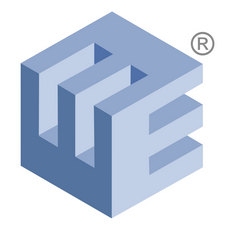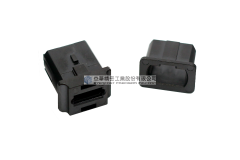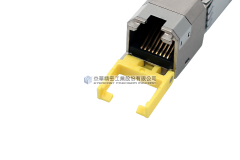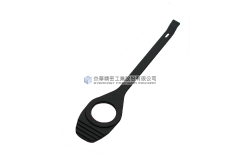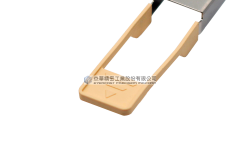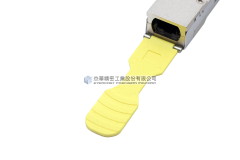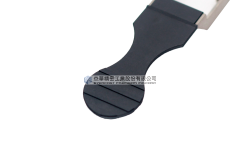Plastic
Plastic injection molding is a manufacturing process that uses a mold to create three-dimensional objects from thermoplastic materials. The process involves injecting molten plastic into the mold cavity, and then cooling and solidifying the plastic. The product is then ejected from the mold. The process can be repeated many times to create identical parts.
The process of plastic injection molding is as follows:
- Design the mold. The mold is made up of two halves, the male and female mold. When the male and female molds are tightly clamped together, they form a cavity that can hold the molten plastic.
- Select the right plastic material. The material must be suitable for the application of the final product and have the desired properties.
- Inject the molten plastic into the mold cavity under high pressure. The plastic cools and solidifies, and the product is ejected from the mold using a ejector pin.
- Cut off the product runner or flash and inspect the product for appearance. Other surface treatments may be applied, such as electroplating, painting, or assembly, as needed.
Common plastic injection molded products include:
- Toys
- Appliances
- Automotive parts
- Medical devices
- Packaging
- Consumer goods
The advantages of plastic injection molding include:
- High production rates
- Precise dimensional tolerances
- Smooth surface finish
- Ability to form complex part geometries
- Durable products
The disadvantages of plastic injection molding include:
- High tooling costs
- Complex and time-consuming mold design and manufacturing
- Energy-intensive process
- Some types of plastics are harmful to the environment
Overall, plastic injection molding is a versatile and efficient manufacturing process that can be used to create a wide variety of products. Although the process can be complex, it can produce high-quality products.
